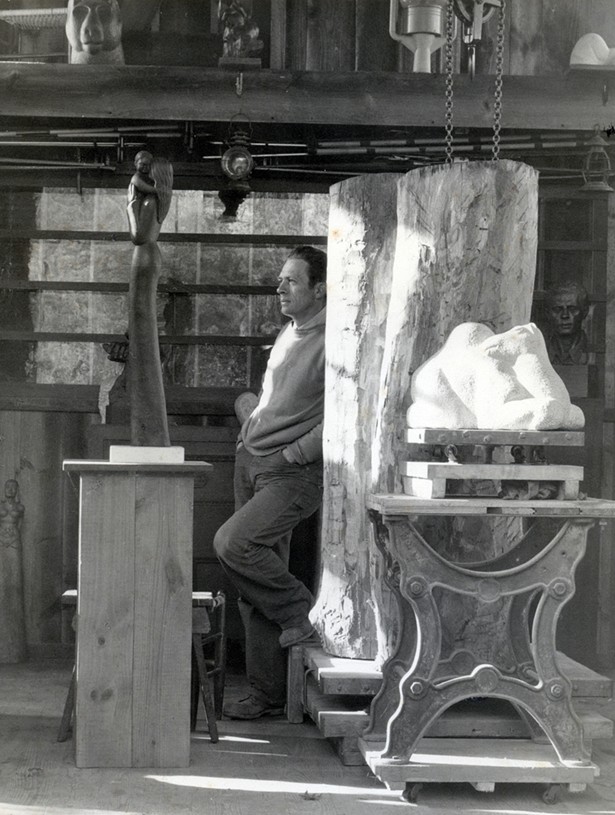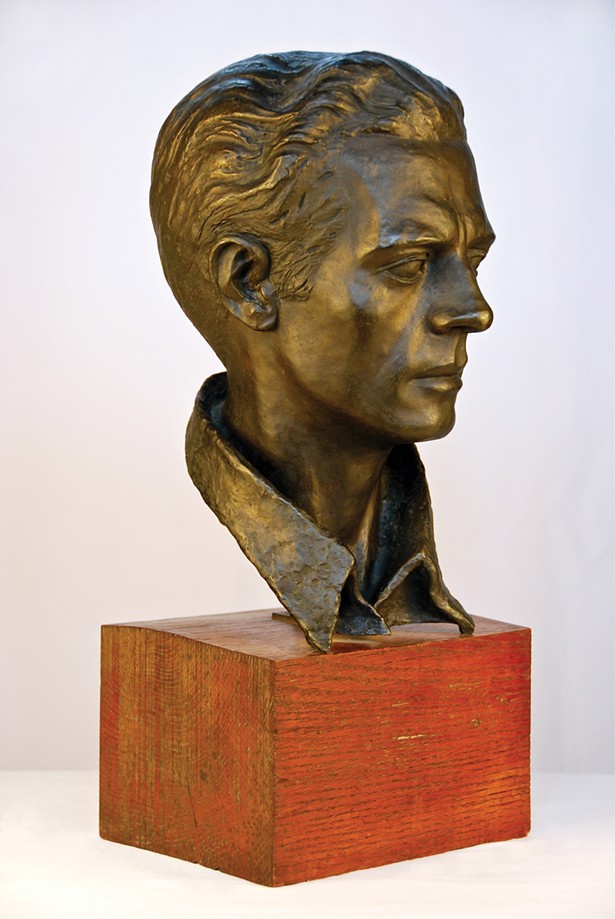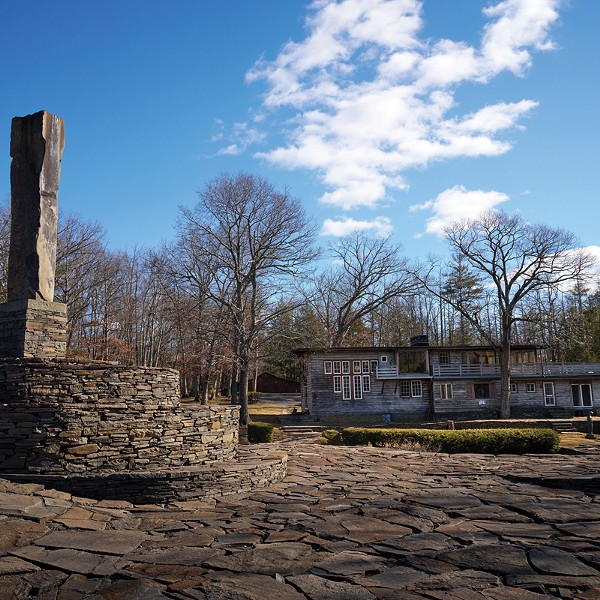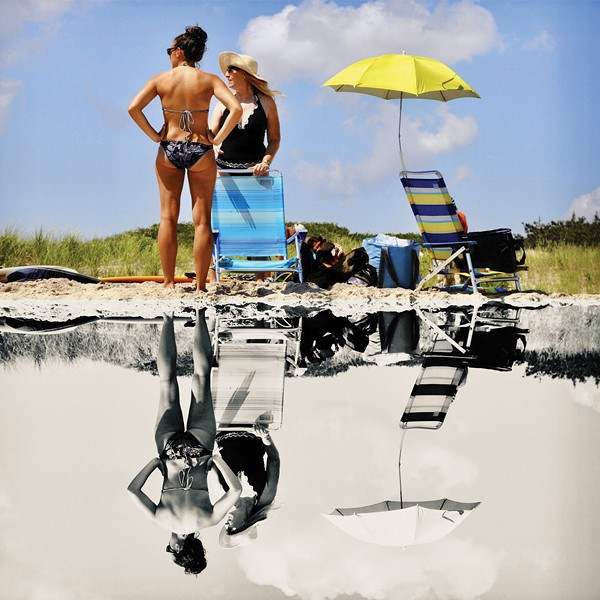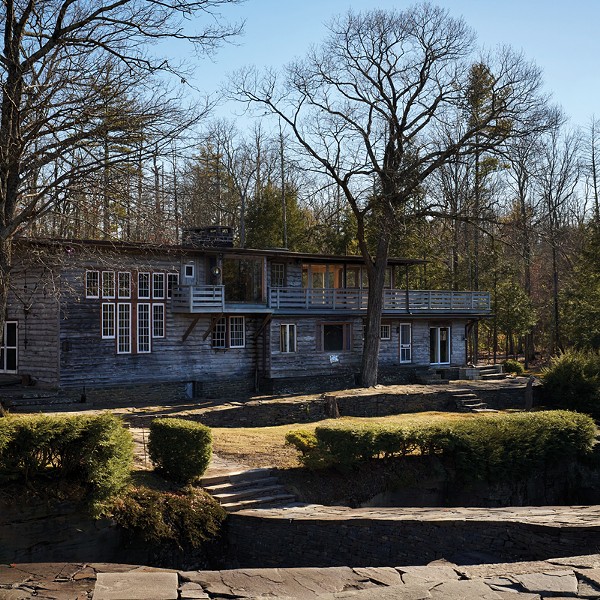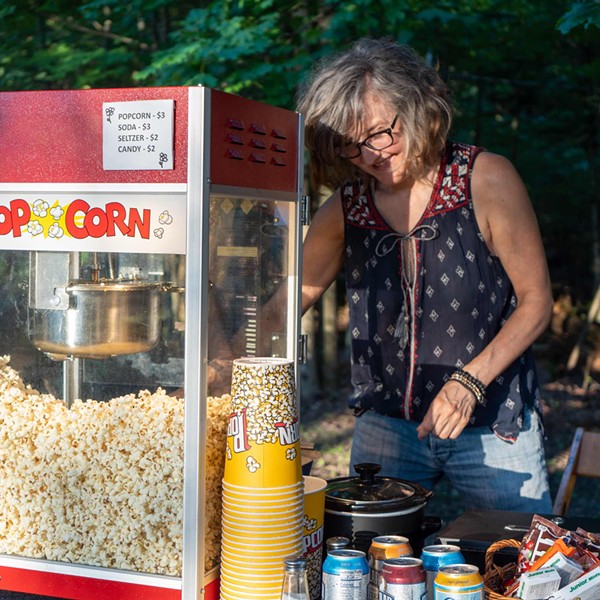Every life is a journey, but some people voyage farther than others. Harvey Fite was born in Pittsburgh in 1903, grew up in Texas, went to law school, dropped out, and switched to Bard College (then known as St. Stephen’s) to study for the ministry. He left that college also, to be an actor with the Jitney Players. “Dyslexia influenced so many of his decisions,” observes Suzanne Bennett, co-curator of “Let the Stone Tell the Story: An Inside Look at Sculptor Harvey Fite’s Studio Work,” opening at two venues in Saugerties on June 3.
One day while waiting backstage, a fellow actor handed Fite a piece of wood to whittle. He became addicted to sculpting, and never stopped.
Fite is best known for Opus 40, a massive hand-built sculpture, with ramps, walls, and pedestals, covering 6.5 acres in Saugerties. This was one of the first American “earthworks.” Originally intended as a showcase for Fite’s studio sculpture, the mazelike structure evolved into a work of art on its own.
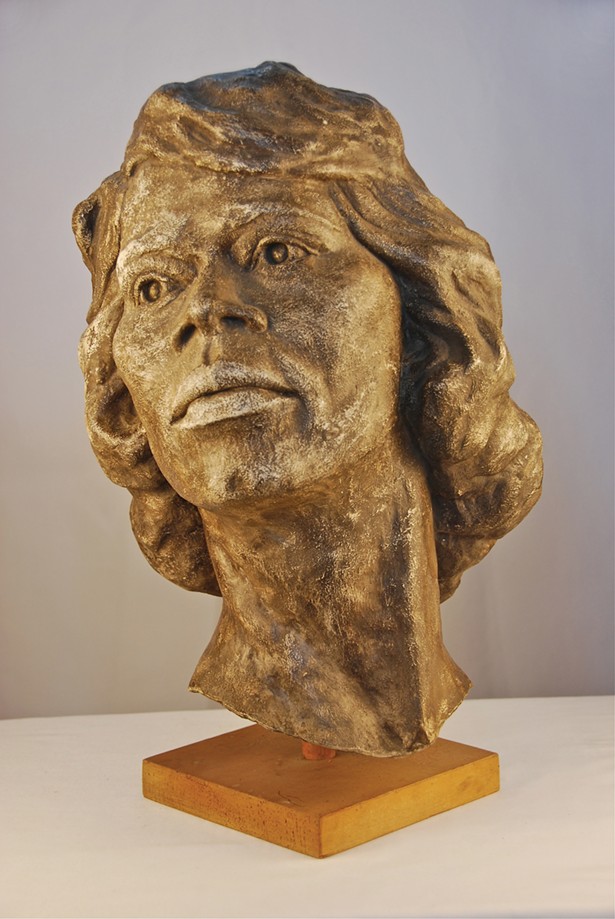
Fite continued making figurative sculptures throughout his life. Gluttony is a vase-like pig with human hands, in travertine. An alabaster cat squints wisely. (There’s something fitting about a translucent cat.)
The Bulldancer was inspired by a dance in ancient Crete that foreshadowed the bullfight. Courageous acrobats would seize the horns of a bull, mount him, then do headstands and other daring tricks. Fite’s tribute to this dance is a vertiginous sculpture, the man’s body and bull’s head merged into a swirling S-shape. The influence of dance—especially the work of Martha Graham—appears throughout his work.
Fite’s goal was to reduce the human body to its essential form, almost the way driftwood is smoothed by the action of water. He created a pantheon of his own, with some of the frozen dignity of the Egyptian gods. The day before he died, the artist completed his first abstract work: a streamlined tree stump pierced by a winding tunnel, like an entryway into the Next World. (Fite died in 1976, when a lawnmower he was riding fell into Opus 40.)
Unusually, Fite worked in numerous materials, including bronze, onyx, plaster, black walnut—as if drawn to the unique challenges of each substrate.
There’s only one known painting by him, and even that is not absolutely authenticated: a heroic rendering of an African-American guitarist. (It’s unsigned, but the family remembers him painting it, and it hung in the family home for years.) The singer’s shirt is a warm yellow; his arms are muscular, perhaps from a life of physical labor—as if Fite is drawing on the subject’s strength to transform this painting into a song.
Also in the show are utilitarian items Fite created: rope chairs, lamps, a table in the shape of a drum, wooden spoons, cheese boards. He combined farm implements into found sculptures he called “swans.”
It’s a little mysterious that no drawings of Fite’s remain.
Harvey and his wife were known for their large parties, which were often benefits for local causes. “Fite combined a fierce passion for his work with geniality,” Bennett explains. “He made his own moonshine.”
And in honor of the exhibition, the Saugerties distillery Catskill Mountain Moonshine Co. will serve a drink in their tap room called the Bull Dancer made with apple brandy—the type of hooch Fite brewed.
Due to his extreme dyslexia, his wife would read to him every night; the Inquiring Minds Bookstore will display books Barbara read to Harvey. Fite was a devoted square dancer, so the Lamb Center will present a square dance in his honor on July 9, with a live band, the Mapletones.
“Let the Stone Tell the Story: An Inside Look at Sculptor Harvey Fite’s Studio Work” will run June 3—July 10 at Emerge Gallery and the Lamb Center in Saugerties. ShoutOut Saugerties is a cosponsor.








